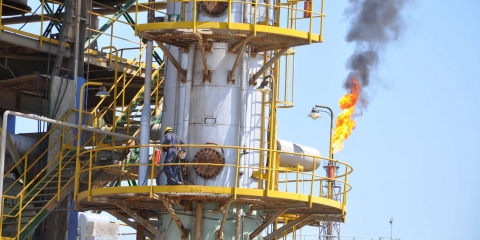The Long Road Back For Iraq’s Minorities
Across northern Iraq, in places like the Nineveh Plain and Sinjar, members of the country’s ancient minorities are filtering back to towns and villages devastated during three years of occupation by the Islamic State of Iraq and the Levant. Christians, Yazidis and Shabaks, regarded as “infidels” by the now-vanquished extremists, suffered some of the greatest abuse […]Elie Abouaoun writes for War on the Rocks:
Across northern Iraq, in places like the Nineveh Plain and Sinjar, members of the country’s ancient minorities are filtering back to towns and villages devastated during three years of occupation by the Islamic State of Iraq and the Levant. Christians, Yazidis and Shabaks, regarded as “infidels” by the now-vanquished extremists, suffered some of the greatest abuse and dislocation in Iraq’s latest spasm of violence. Even as some head home, many others have scattered to the United States, Canada, Europe and elsewhere, most likely gone for good. Still others are displaced in camps closer by, still fearful of security conditions in the neighborhoods they fled. As they seek to recover from death, destruction, and displacement, the future of Iraq’s minority communities remains precarious, particularly as the country’s biggest population groups—Shia, Sunni Arabs, and Kurds— continue to jockey for power.
If Iraq is indeed “not Iraq without its minorities,” as Iraq’s ambassador to the United States, Fareed Yasseen, put it, the country faces a critical challenge: How can Iraqis rebuild a post-ISIL state that can protect and incorporate the ethno-sectarian communities that have helped shape Iraq’s character for thousands of years?





